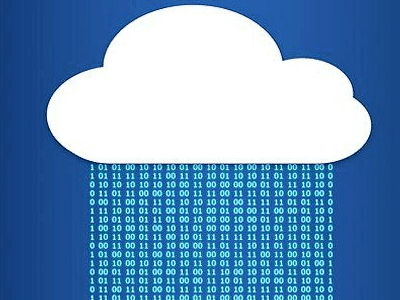Microsoft has released a new version of its flagship Windows operating system, i.e. Windows 8 tailored for a world shifting from personal computers to smartphones and tablets.
This is by far the most “radical” change for the operating system since the original Windows replaced DOS software in the early 1990s.
The software giant has gambled by changing long familiar user interface features to make Windows 8 compatible with trends toward keeping programs and data in the Internet “cloud” and relying on mobile gadgets at work and at home.
It takes Windows into the world of touch, low-powered devices, giving users the best of what we think of as a Tablet-type experience and the PC experience. It is a big step.
One might find it strange to imagine Microsoft as an underdog. But, in many ways, that is exactly what one feels while rooting for Windows 8. Microsoft, despite being a very strong player in the desktop PC market, has been, so far, found wanting in the mobile devices market. Windows 8 is its big push in that segment, where the operating system is as much about desktop as it is about mobile devices and addresses convergence.
In the context of India, such a scenario makes Microsoft and Windows 8 a cost-effective option (vis-à-vis Apple) of experiencing up-to-date touchscreen computing and communications. Here are some of the reasons to look forward to Windows 8:
New interface: One of the biggest changes in Windows 8 is its user interface. Designed for use through a variety of interfaces — keyboard, mouse and touch — the modern UI of Windows 8 is going to take some time for users to get used to. This is also something that software developers will have to factor in, while bringing out new applications. The Metro UI approach to the operating system seems to work with mobile devices such as smartphones. But whether it would appeal to Tablet and desktop PC users, only time will tell.
App Store approach: A big shift in Windows 8 is how the applications are accessed. But the real question is how many apps really exploit the Windows 8 platform, and right now the number of apps on the Windows platform is far lower less than those available on the Apple or Android app stores. Windows 8 will be available through it’s the Microsoft app store in pretty much the same way that iTunes works on iOS devices. Microsoft has been aggressively campaigning for software developers the world over to publish Apps for Windows 8. What the App Store approach means to average users, especially here in India, is there is going to be a considerable strain on broadband usage. One may have to factor this into computing costs from here on.
Cloud integration: Windows 8 will help users configure their cloud services right from the set-up stage. The OS is expected to give a push to Microsoft’s own SkyDrive cloud services.
Windows 8 is designed to run on PCs and Tablet computers, heralding the biggest change to the industry’s dominant operating system in at least 17 years. It also marks the first time that Microsoft has made touch screen control the top priority, though the system can still be switched into the familiar desktop mode that allows for control by keyboard and mouse. Windows 8 will support a wide range of devices, including touch- and stylus-based smartphones and Tablet PCs as well as desktop and laptop machines.
In fact, this transition brings out a very important question. Is Windows 8 innovative and elegant enough to lure consumers who are increasingly fond of smartphones, tablets and other sleek gadgets? Those mobile devices have been setting industry standards while Microsoft engineers have spent two years designing a new operating system. And Windows 8 must address not only the ongoing upheaval in the computing market, but also have the flexibility to adjust to future shifts in technology before Microsoft releases another version in two or three years.
While it is true, a lot hinges on the success of Windows 8, but Microsoft isn’t a company that is on the edge of extinction, like some people would like to think. In fact, in my opinion, what we are seeing with Windows 8 is classic Microsoft. They let the (technology) market lead and then they follow.
Windows 8 can be viewed as the catalyst for a new era at Microsoft. The idea is to ensure that the operating system plays an integral role on all the important screens in users’ lives – PCs, smartphones, Tablets and television sets.
If Microsoft gets it right, Windows 8 will prove that the world’s largest software maker still has the technological agility and marketing muscle to shape the future of computing.












